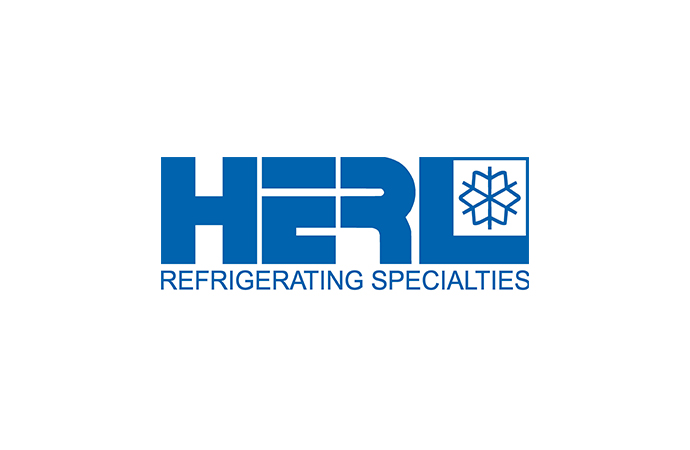The second day of the Ammonia Refrigeration Technology conference in Ohrid primarily focused on heat pump technology. Recovery of waste heat seems to gather momentum with refrigeration engineers, while climate change was also debated in the second part of the programme. ammonia21.com reports on some of the second day technical presentations. + PHOTOS

Low charged hermetic ammonia chillers are excellent opportunity for air conditioning and indirect refrigeration by Predrag Hrnjak, University of Illinois USA
Professor Hrnjak discussed the options for expanding use of ammonia in densely populated areas by utilising low charge chillers for air conditioning, refrigeration or for high side of cascade systems.
He focused on charge reduction in heat exchangers, especially microchannel condensers, along with the use of newly developed hermetic compressors. This system allows for ammonia as a refrigerant to be used in urban areas.
Two-Phase Flow and Boiling of Ammonia in Horizontal Tubes by John Thome, École Polytechnique de Lausanne Switzerland
The author presented experimental flow pattern observations, heat transfer coefficients and frictional pressure drops for ammonia inside a 14mm internal diameter smooth horizontal tube. Due to the range of experimental conditions, it gives an interesting insight and overview of the flow patterns, heat transfer coefficients, frictional pressure drops and flow phenomena (waves and wetted perimeters) and provides a working base for both application and research engineers.
These flow pattern observations were compared to the predictions of the flow pattern map of Wojtan et al. Three cases were studied (low, medium and high mass velocity) and flow patterns from both matched the predicted flow regimes, except for three vapor qualities near the intersection of two boundaries. This is because transitions are not line-wise but band-wise: the transition does not occur at one vapor quality but is completed over a range of vapor qualities, until a particular flow pattern is fully established besides that of the acceleration of the flow, which is captured by the momentum pressure gradient.
The heat transfer coefficients depict the expected trends with the vapor quality, mass velocity and heat flux. Similarly, the frictional pressure drops show the traditional trend in the two-phase frictional pressure drop: it increases with mass velocity and vapor quality. Furthermore, it shows that diabatic and adiabatic pressure drops are similar, proving that there is not noticeable effect of the boiling process itself on the ensuing frictional pressure gradient.
Microchannel air cooled condensers along with DX plate or similar evaporators provided basis for low charge. In addition, the external volume of the chiller could be reduced because the external volume of a microchannel design is small. Besides being compact, microchannel heat exchangers are also made lightweight, from aluminum. Thanks for the technology developed in the automobile industry these exchangers are relatively inexpensive.
By expanding the use of aluminum it is possible to reduce the weight and cost even further, making the chillers cost-competitive.
Hermetic compressor with miscible oil provides a low leak and a low maintenance environment and in every other respect similarity to conventional chillers.
Since ammonia is one of few refrigerants that have vapor lighter than air, the chiller has to be located on the roof. Assuming unobstructed release, even in the worst case scenario of catastrophic leak, refrigerant vapor cannot increase its concentration in specific zones beyond the lower flammability level or toxic concentration values. This represents great improvement in safety and puts ammonia below the radar of regulations.
Ammonia heat pump package using waste heat as source, by Shuji Fukano, Mayekawa
In industrial process, waste heat can be reused as a heat source for heat pumps. Use of waste heat in heat pump applications not only reduces use of fossil fuel, but also contributes to energy conservation.
Mayekawa reported about applications of ammonia heat pump packages that use heat sources such as condenser sink heat from existing refrigeration plants, exhaust heat from industrial plants and renewable geothermal energy to produce hot water with a maximum temperature of 85ºC. The ammonia heat pump presented by Mayekawa has a reciprocating compressor, which can be used up to 5.0 MPaG and in a wide range of pressure and speeds. Also this package can use various heat sources.
Industrial ammonia heat pumps and their challenges, by Alexander Pachai, Johnson Controls
Pachai presented the considerations to be taken when designing and planning production of heat pumps for industrial applications. A particular attention has to be put on the selection of measures in order to obtain in the most efficient way all waste heat from the cycle. The particularity of a heat pump compared to a boiler is that one needs to have a simultaneous cooling demand at the same time as the heat requirement.
There is no reason for a user not to keep the boiler especially if many peak loads occur. The boiler can be used to take the peaks or when the heat pump is out of service. In areas with different prices of electric energy it can be interesting to use the boiler when the electric price is up and use the heat pump when the electricity is cheap.
An estimation of the number of hours that a heat pump is in operation at different capacity loads, could give a good picture of the economics involved.
In many projects the temperatures used for the design are not the temperatures that will be used when the system is put in operation because of a change in use conditions. As an example, it was quite normal in the past to have district heating supply temperature at 90°C. Today the trend is moving towards 60°C.
Using NH3 and open type compressors offers potentials for reheating relative warm water e.g. in district heating systems but it also offers potential for using waste heat from dry coolers, cooling towers or evaporative condensers. Also waste heat from industrial processes and processes in many industries can be reused instead of using fossil fuel to heat water.
Many industrial plants, if not the majority, are based on NH3 as refrigerant. This already limits the number of options as only very few semi-hermetic compressors are available for NH3 and none are available for large capacities. To reach the high temperatures it can be an advantage to use screw compressors as the oil flow here is pretty high and can be used for heating as well. The leaving oil out of the screw compressor has the same temperature as the discharge gas and can therefore participate in the heating. This will increase the efficiency of the system.
All in all, the author argues that it is a viable solution to use heat pumps in many applications for the production of hot water or hot air. Challenges mainly reside with larger temperature differences in the system and the type of insulation materials used. Once these issues are overcome, the market potential or heat pumps is huge and they can compete with boilers from a cost point of view.
Energy saving technologies in ammonia refrigeration applications using pump circulation systems, by Ramesh Paranjpey, ARTI (India)
Paranjpey presented a case study of a refrigeration plant designed for a customer in India, using liquid ammonia pump circulation system.
Ammonia is the preferred refrigerant for cold storages over 50 TR refrigeration capacity. It also has obvious advantages such as being a natural refrigerant, having zero ODP and GWP values, highest COP compared to other refrigerants, easy to detect leaks, excellent heat transfer characteristics, low cost and is available in all parts of India.
By putting in place an ammonia system, the designer reports the following energy savings:
Professor Hrnjak discussed the options for expanding use of ammonia in densely populated areas by utilising low charge chillers for air conditioning, refrigeration or for high side of cascade systems.
He focused on charge reduction in heat exchangers, especially microchannel condensers, along with the use of newly developed hermetic compressors. This system allows for ammonia as a refrigerant to be used in urban areas.
Two-Phase Flow and Boiling of Ammonia in Horizontal Tubes by John Thome, École Polytechnique de Lausanne Switzerland
The author presented experimental flow pattern observations, heat transfer coefficients and frictional pressure drops for ammonia inside a 14mm internal diameter smooth horizontal tube. Due to the range of experimental conditions, it gives an interesting insight and overview of the flow patterns, heat transfer coefficients, frictional pressure drops and flow phenomena (waves and wetted perimeters) and provides a working base for both application and research engineers.
These flow pattern observations were compared to the predictions of the flow pattern map of Wojtan et al. Three cases were studied (low, medium and high mass velocity) and flow patterns from both matched the predicted flow regimes, except for three vapor qualities near the intersection of two boundaries. This is because transitions are not line-wise but band-wise: the transition does not occur at one vapor quality but is completed over a range of vapor qualities, until a particular flow pattern is fully established besides that of the acceleration of the flow, which is captured by the momentum pressure gradient.
The heat transfer coefficients depict the expected trends with the vapor quality, mass velocity and heat flux. Similarly, the frictional pressure drops show the traditional trend in the two-phase frictional pressure drop: it increases with mass velocity and vapor quality. Furthermore, it shows that diabatic and adiabatic pressure drops are similar, proving that there is not noticeable effect of the boiling process itself on the ensuing frictional pressure gradient.
Microchannel air cooled condensers along with DX plate or similar evaporators provided basis for low charge. In addition, the external volume of the chiller could be reduced because the external volume of a microchannel design is small. Besides being compact, microchannel heat exchangers are also made lightweight, from aluminum. Thanks for the technology developed in the automobile industry these exchangers are relatively inexpensive.
By expanding the use of aluminum it is possible to reduce the weight and cost even further, making the chillers cost-competitive.
Hermetic compressor with miscible oil provides a low leak and a low maintenance environment and in every other respect similarity to conventional chillers.
Since ammonia is one of few refrigerants that have vapor lighter than air, the chiller has to be located on the roof. Assuming unobstructed release, even in the worst case scenario of catastrophic leak, refrigerant vapor cannot increase its concentration in specific zones beyond the lower flammability level or toxic concentration values. This represents great improvement in safety and puts ammonia below the radar of regulations.
Ammonia heat pump package using waste heat as source, by Shuji Fukano, Mayekawa
In industrial process, waste heat can be reused as a heat source for heat pumps. Use of waste heat in heat pump applications not only reduces use of fossil fuel, but also contributes to energy conservation.
Mayekawa reported about applications of ammonia heat pump packages that use heat sources such as condenser sink heat from existing refrigeration plants, exhaust heat from industrial plants and renewable geothermal energy to produce hot water with a maximum temperature of 85ºC. The ammonia heat pump presented by Mayekawa has a reciprocating compressor, which can be used up to 5.0 MPaG and in a wide range of pressure and speeds. Also this package can use various heat sources.
Industrial ammonia heat pumps and their challenges, by Alexander Pachai, Johnson Controls
Pachai presented the considerations to be taken when designing and planning production of heat pumps for industrial applications. A particular attention has to be put on the selection of measures in order to obtain in the most efficient way all waste heat from the cycle. The particularity of a heat pump compared to a boiler is that one needs to have a simultaneous cooling demand at the same time as the heat requirement.
There is no reason for a user not to keep the boiler especially if many peak loads occur. The boiler can be used to take the peaks or when the heat pump is out of service. In areas with different prices of electric energy it can be interesting to use the boiler when the electric price is up and use the heat pump when the electricity is cheap.
An estimation of the number of hours that a heat pump is in operation at different capacity loads, could give a good picture of the economics involved.
In many projects the temperatures used for the design are not the temperatures that will be used when the system is put in operation because of a change in use conditions. As an example, it was quite normal in the past to have district heating supply temperature at 90°C. Today the trend is moving towards 60°C.
Using NH3 and open type compressors offers potentials for reheating relative warm water e.g. in district heating systems but it also offers potential for using waste heat from dry coolers, cooling towers or evaporative condensers. Also waste heat from industrial processes and processes in many industries can be reused instead of using fossil fuel to heat water.
Many industrial plants, if not the majority, are based on NH3 as refrigerant. This already limits the number of options as only very few semi-hermetic compressors are available for NH3 and none are available for large capacities. To reach the high temperatures it can be an advantage to use screw compressors as the oil flow here is pretty high and can be used for heating as well. The leaving oil out of the screw compressor has the same temperature as the discharge gas and can therefore participate in the heating. This will increase the efficiency of the system.
All in all, the author argues that it is a viable solution to use heat pumps in many applications for the production of hot water or hot air. Challenges mainly reside with larger temperature differences in the system and the type of insulation materials used. Once these issues are overcome, the market potential or heat pumps is huge and they can compete with boilers from a cost point of view.
Energy saving technologies in ammonia refrigeration applications using pump circulation systems, by Ramesh Paranjpey, ARTI (India)
Paranjpey presented a case study of a refrigeration plant designed for a customer in India, using liquid ammonia pump circulation system.
Ammonia is the preferred refrigerant for cold storages over 50 TR refrigeration capacity. It also has obvious advantages such as being a natural refrigerant, having zero ODP and GWP values, highest COP compared to other refrigerants, easy to detect leaks, excellent heat transfer characteristics, low cost and is available in all parts of India.
By putting in place an ammonia system, the designer reports the following energy savings:
- Reciprocating compressors instead screw assumed to be working for 8 months in a year at full capacity: 1,25,184 kWh
- Open flash cooler instead direct liquid injection in the interstage : 70656 kWh.
- Evaporative condenser instead shell and tube with 38°C condensing temp. instead 40°C: 20,889 kWh
- 4:1 ammonia pump circulation rate instead 10:1: 27,648 kWh.
- Total power savings in a year per plant: 2,44,377 kWh
- Total saving in Rs/year per plant @7Rs/kW Rs.1 710 639 - 38 014 USD
MORE INFORMATION
Related stories




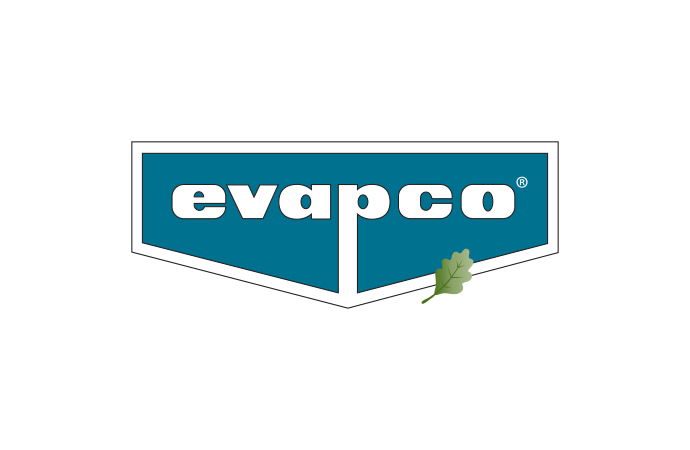


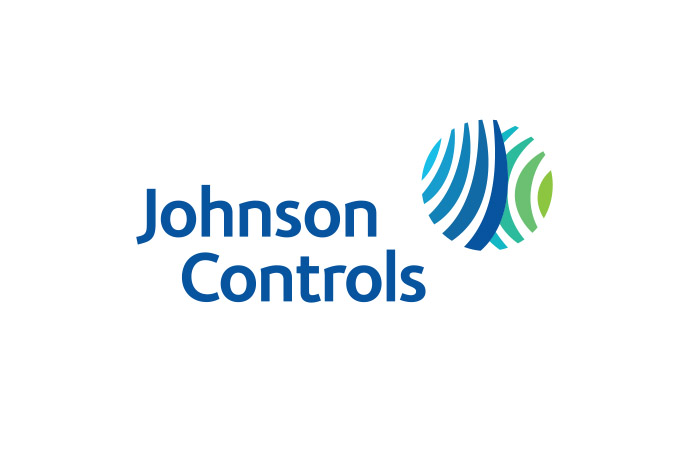

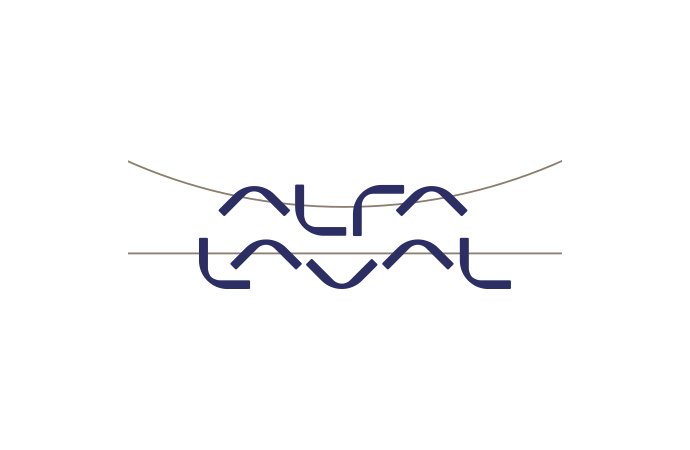
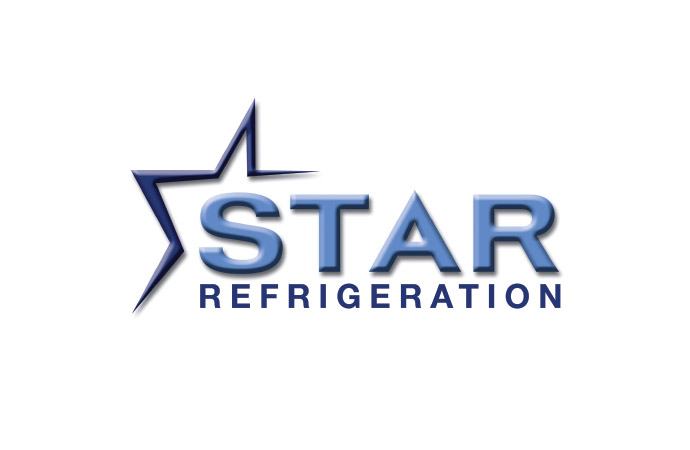



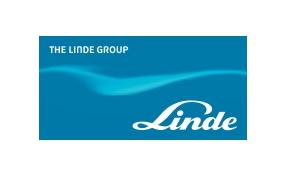

_1522327086.png)


